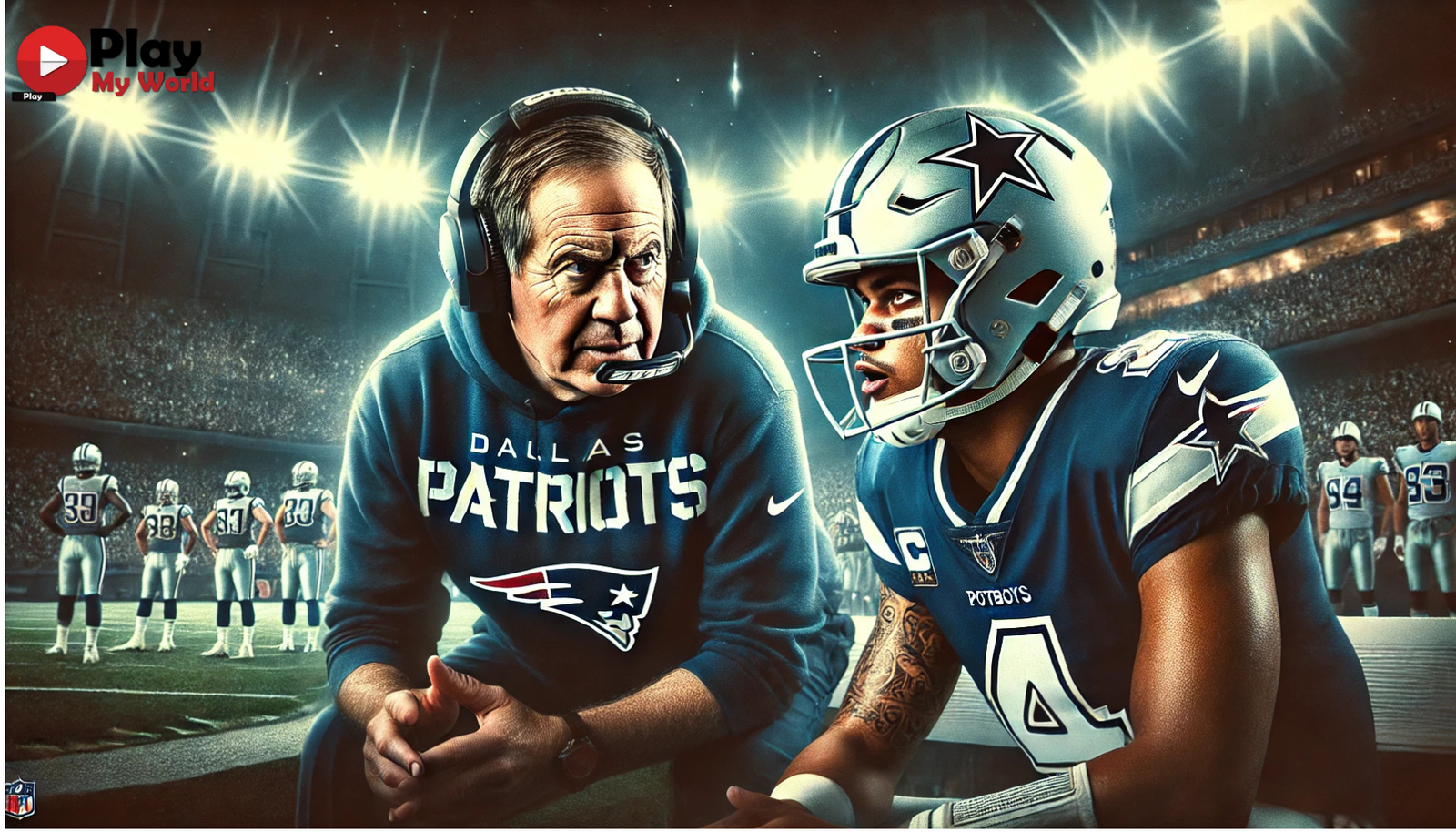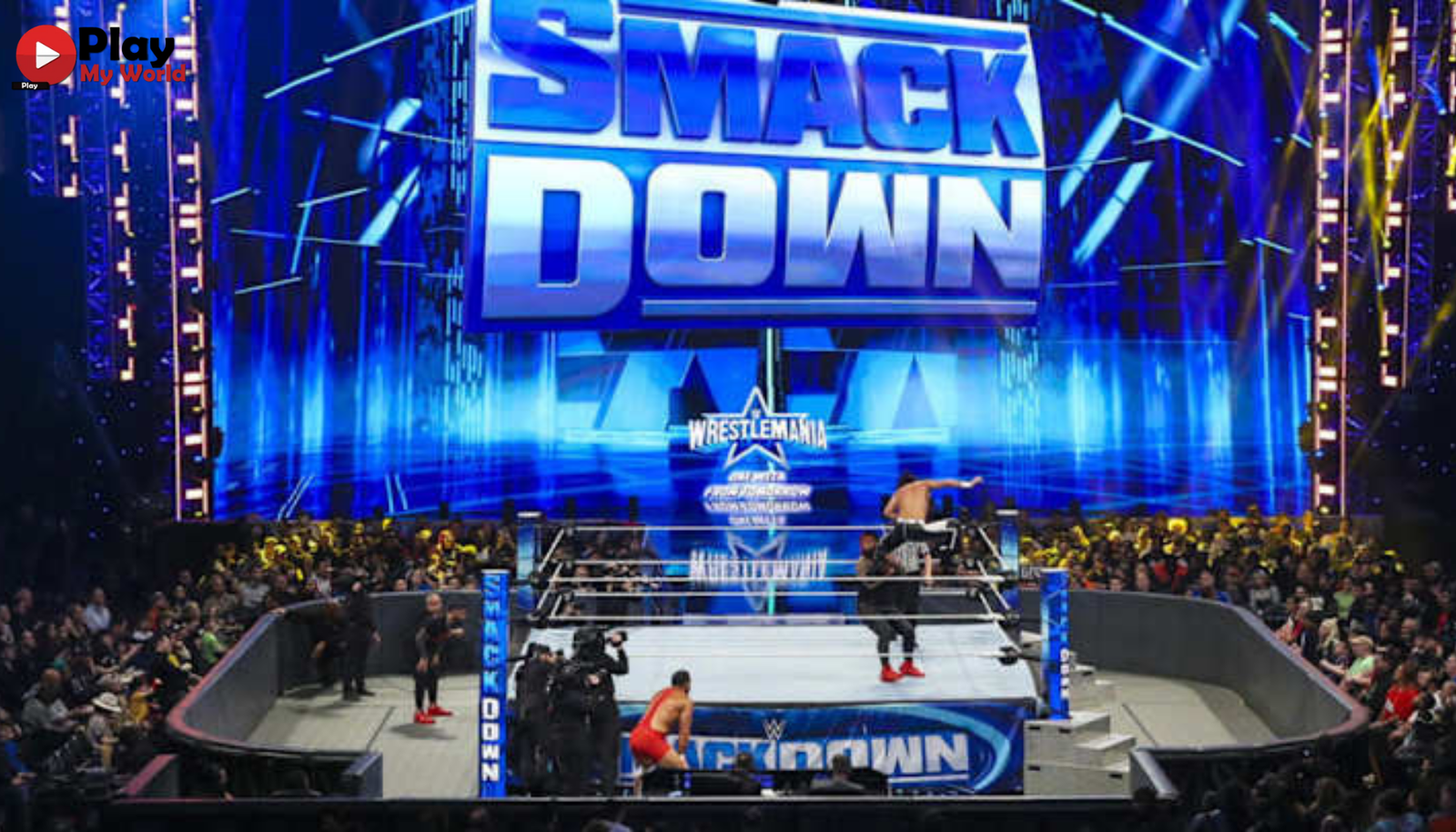Introduction
The Dallas Cowboys have been one of the most closely watched teams in the NFL, with sky-high expectations each season. At the center of the team’s successes and failures is quarterback Dak Prescott a player often analyzed for his ability to lead the franchise to a Super Bowl run. Meanwhile, Bill Belichick the greatest defensive strategist in NFL history, has given his insightful analysis on Prescott’s performance.
Earlier in the season, the Cowboys faced a rough stretch, leading to doubts about their playoff potential. However, through tactical adjustments, Prescott’s improved play, and a revitalized defense, Dallas executed a dramatic turnaround that put them back in contention. This article examines Belichick’s evaluation of Prescott, the Cowboys’ midseason struggles and resurgence, and what this means for their playoff hopes.
Bill Belichick’s View on Dak Prescott
How Belichick Sees Prescott as a Quarterback
Bill Belichick is known for his strategic mind and reserved praise, making any compliment from him highly valuable. When discussing Dak Prescott Belichick called him “pretty good”—a statement that, coming from him, is a sign of respect.
Belichick also pointed out the chemistry between Prescott and wide receiver CeeDee Lamb, comparing them to some of the legendary QB-WR duos in NFL history. This means that Belichick sees Prescott as more than just a decent quarterback—he recognizes that Prescott has the skill and leadership to run an elite offense.
Why Belichick’s Opinion Matters
For any quarterback, receiving praise from Bill Belichick carries weight. Belichick has designed some of the greatest defensive game plans ever, often neutralizing elite quarterbacks. If he acknowledges Prescott’s abilities, it means:
- Prescott is a legitimate top-tier quarterback, capable of making smart decisions.
- His connection with receivers like CeeDee Lamb is dangerous for defenses.
- Prescott can manage high-pressure situations and execute at a high level.
However, Prescott’s biggest test is yet to come—he must prove himself in high-stakes playoff games, where he has historically struggled.
Also Read: Tophillsport com: A Comprehensive Guide to Technology, Business, Gaming, and More
The Cowboys’ Early Season Struggles
A Rocky Start That Raised Questions
The Cowboys entered the season with Super Bowl aspirations, but early losses raised serious doubts. After falling to a 3-4 record, the team faced major criticism. Key issues included:
- Turnovers and offensive inconsistency, making it difficult to sustain drives.
- A struggling defense, unable to contain high-powered offenses.
- Questionable play-calling from head coach Mike McCarthy, leading to red-zone inefficiencies.
Owner Jerry Jones openly admitted that the team was not playing up to expectations, and some analysts even speculated that major changes could be on the horizon.
How the Cowboys Engineered Their Turnaround
Despite their struggles, the Cowboys executed one of the most impressive midseason recoveries in the league. The credit goes to a combination of player improvements, coaching adjustments, and leadership from Prescott.
Dak Prescott’s Leadership and On-Field Adjustments
- Reduced turnovers by making quicker decisions and avoiding forced throws.
- Developed stronger chemistry with CeeDee Lamb, turning him into a go-to playmaker.
- Became more mobile in the pocket, extending plays and creating opportunities under pressure.
Defensive Adjustments Under Matt Eberflus
- The Cowboys’ defense became more aggressive in forcing turnovers.
- Micah Parsons dominated as a pass rusher, applying relentless pressure on quarterbacks.
- The secondary improved in coverage, limiting big plays from opposing offenses.
Coaching Adjustments and a More Disciplined Approach
- Mike McCarthy simplified the offensive playbook, allowing Prescott to play more freely.
- The team focused on time management and field position, making every possession count.
- Special teams made critical plays, including KaVontae Turpin’s 99-yard kickoff return, which was a game-changer in a crucial matchup.
These changes helped the Cowboys regain confidence, build momentum, and turn their season around.
Step-by-Step: How the Cowboys Improved
Step 1: Fixing Offensive Struggles
- Prescott and the coaching staff focused on high-percentage plays to reduce turnovers.
- The offensive line improved pass protection, giving Prescott more time in the pocket.
- The running game was integrated more effectively, balancing the offense.
Step 2: Strengthening Defensive Play
- Defensive coordinator Matt Eberflus emphasized pressure on opposing quarterbacks.
- The secondary tightened coverage, reducing big-play vulnerabilities.
- Forcing takeaways became a priority, shifting momentum in key games.
Step 3: Better Game Management and Play-Calling
- McCarthy adapted game plans based on opponents’ weaknesses.
- The Cowboys became more aggressive in red-zone situations, converting drives into touchdowns.
- Special teams created momentum-changing plays, flipping field position in key matchups.
With these systematic improvements, the Cowboys repositioned themselves as playoff contenders.
Also Read: Upcoming Fixtures SFFAREBoxing: The Ultimate Guide to Upcoming Fights
The Cowboys’ Playoff Chances and Future Outlook
Can Dallas Compete in the NFC Playoffs?
Despite their turnaround, the Cowboys still need to prove they can compete with elite NFC teams like:
- The San Francisco 49ers, who have consistently dominated them in recent matchups.
- The Philadelphia Eagles, their division rivals with a Super Bowl-caliber roster.
- The Detroit Lions, a rising force with an explosive offense.
To make a deep playoff run, the Cowboys must:
- Stay consistent on offense, limiting turnovers and maximizing scoring opportunities.
- Maintain defensive dominance, ensuring they can contain high-powered offenses.
- Win crucial games against top-tier NFC opponents, proving they belong among the elite.
Prescott’s Role in the Cowboys’ Future
For Dak Prescott this season could define his legacy. If he:
- Leads the Cowboys to a deep playoff run, he can silence his critics.
- Performs well in high-pressure games, he can solidify himself as a franchise quarterback.
- Proves he can win against elite defenses, he will justify the belief that he is an elite QB.
The Impact of Belichick’s Comments
Belichick’s recognition of Prescott’s talent suggests that even defensive masterminds see Prescott as a legitimate threat. However, respect alone is not enough—Prescott must translate his regular-season success into playoff wins to truly change the narrative around him.
Conclusion
The Dallas Cowboys’ turnaround has been a combination of strong leadership, strategic coaching adjustments, and defensive resurgence. Dak Prescott has elevated his game, the defense has stepped up under Matt Eberflus, and the team is now back in the playoff picture.
Bill Belichick’s recognition of Prescott’s ability adds further credibility to the argument that Prescott is a true franchise quarterback. However, the ultimate test is yet to come—can the Cowboys sustain their momentum and finally make a deep playoff run?
As the season progresses, the Cowboys’ journey remains one of the most compelling NFL storylines, with their championship aspirations hanging in the balance.
FAQs: Belichick Prescott Cowboys Turnaround
What did Bill Belichick say about Dak Prescott?
Bill Belichick described Dak Prescott as “pretty good,” which, coming from him, is a meaningful compliment. He also compared Prescott and CeeDee Lamb’s connection to some of the greatest QB-WR duos, acknowledging Prescott’s ability to lead an elite offense.
Why is Belichick’s opinion on Prescott important?
Belichick is one of the greatest defensive minds in NFL history. If he respects Prescott’s ability, it means that Prescott is a legitimate top-tier quarterback who can challenge elite defenses.
What caused the Cowboys’ early-season struggles?
The Cowboys started the season with a 3-4 record, mainly due to:
- Turnovers and offensive inconsistencies
- A struggling defense that allowed big plays
- Questionable coaching decisions from Mike McCarthy
How did the Cowboys turn their season around?
Dallas improved by:
- Dak Prescott reducing turnovers and making smarter decisions
- Defensive coordinator Matt Eberflus emphasizing takeaways and pressure
- Better play-calling from Mike McCarthy, focusing on efficiency and execution
What role did Dak Prescott play in the Cowboys’ turnaround?
Prescott’s leadership and on-field improvements were key to the Cowboys’ resurgence. He:
- Developed better chemistry with CeeDee Lamb
- Made smarter reads and avoided risky throws
- Extended plays with his mobility and clutch decision-making




